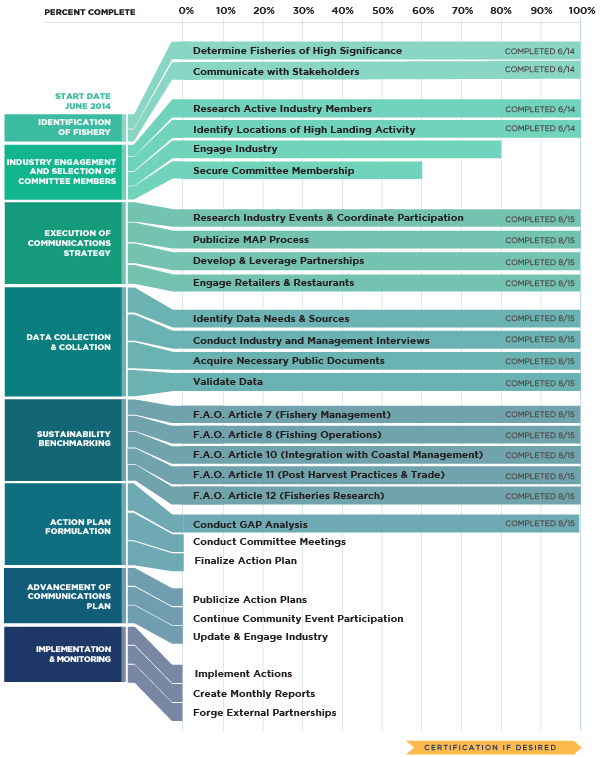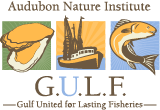Introduction

Stone crab is an unusual fishery in that the whole animal is not harvested. Fishermen only take the claws and return the crab back to the water. Claws generally take one to two years to regenerate depending on the size of the crab and when in the intermolt cycle the claw is removed. Florida Fish and Wildlife Commission (FWC) must take into account both the Atlantic and Gulf sides of the state when managing fisheries, and in the case of stone crab, 98% of landings are on the Gulf side of the state. Two species of stone crab are harvested: the Gulf stone crab and the Florida stone crab, though a hybrid does occur in areas where these two species' ranges overlap.
Stone crab is one of the most economically important fisheries in Florida, with 97% of claws harvested in the U.S. coming from the Gulf Coast of the state. Landings in 2015 were 2.6 million pounds with a dockside value of $34.4 million. Rigorous management and the nature of the fishery makes it resilient to fishing pressure. Management measures are in place to protect spawning stock, and the size restrictions on claws ensures that most females spawn at least once before being harvested. In addition, fishing season is closed during the peak spawning time. Females spawn multiple times in a year, but due to the targeting of larger claws, there is a concern that there are less large males. While some crabs die due to harvest, ongoing sampling by FWC indicates that some crabs do survive to regenerate claws that reach legal size for harvest. There is some concern from scientists and management about the number of traps in the stone crab fishery. In 2000, the Florida Fish and Wildlife Commission introduced new licensing and trap limits that will gradually reduce the number of traps in the water. Under the current plan it will take 37 years for the fishery to be reduced to the target number of 600,000 traps.


 Stone crab is an unusual fishery in that the whole animal is not harvested. Fishermen only take the claws and return the crab back to the water. Claws generally take one to two years to regenerate depending on the size of the crab and when in the intermolt cycle the claw is removed. Florida Fish and Wildlife Commission (FWC) must take into account both the Atlantic and Gulf sides of the state when managing fisheries, and in the case of stone crab, 98% of landings are on the Gulf side of the state. Two species of stone crab are harvested: the Gulf stone crab and the Florida stone crab, though a hybrid does occur in areas where these two species' ranges overlap.
Stone crab is an unusual fishery in that the whole animal is not harvested. Fishermen only take the claws and return the crab back to the water. Claws generally take one to two years to regenerate depending on the size of the crab and when in the intermolt cycle the claw is removed. Florida Fish and Wildlife Commission (FWC) must take into account both the Atlantic and Gulf sides of the state when managing fisheries, and in the case of stone crab, 98% of landings are on the Gulf side of the state. Two species of stone crab are harvested: the Gulf stone crab and the Florida stone crab, though a hybrid does occur in areas where these two species' ranges overlap.


